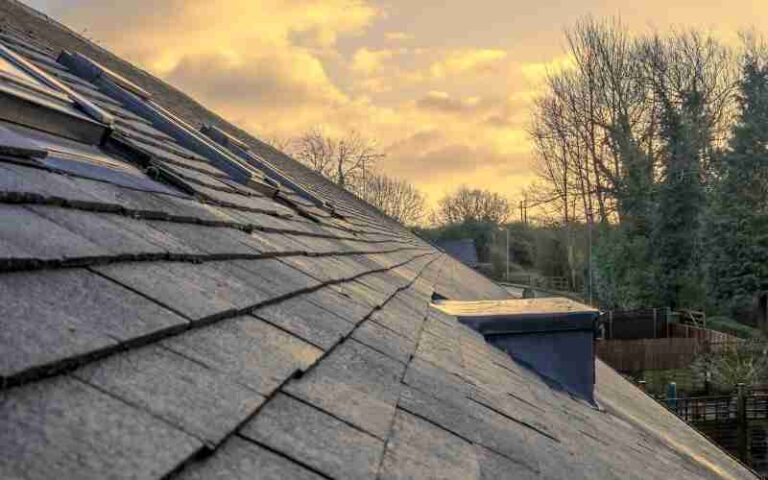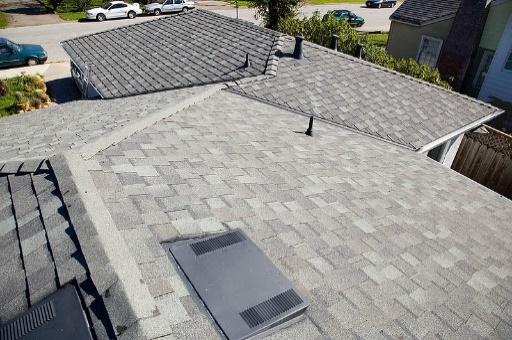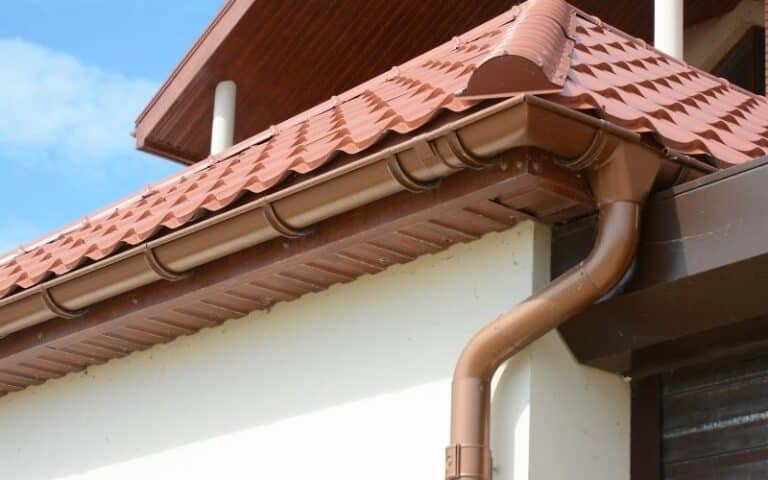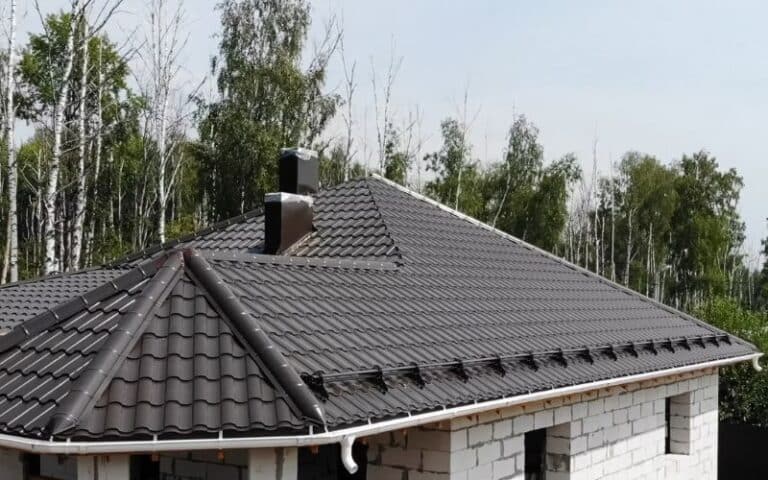The mud ring on the wall is something you can’t ignore because it’s conspicuous with many wires hanging off it.
From its look, you can rightly guess that its installation will be complex. So, how to navigate it when installing drywall is a fair question to ask. So, let’s find out how it’s done.
Making drywall around a mud ring involves focus, as you’ll need to be careful with the right information to do it properly. First, you need to measure the drywall and cut out the mud ring’s impression. Then place the drywall so the mud ring passes through the space and screw it tight.
In this article, I’ll explain all the confusing facts about drywalling a wall with a mud ring outlet. In the end, you’ll know what to consider before drywalling a mud ring.
Ready for a Roofing Quiz?
How to Drywall Around Existing Mud Ring?

Setting drywall around an existing mud ring is where many people need help with drywall installation. But I’m glad you’ve chosen to seek help.
Here’s a list of the tools/materials you’ll need to drywall around an existing mud ring.
- Drywall saw
- Tape measure
- Drill
- Razor blade/ keyhole saw.
- Wall marker
- Drywall screws
Below are the instructions to follow:
- First, measure the extent of the drywall using your measuring tape; be it a corner or an outside corner.
- After taking the measurement sideways, measure vertically from the last drywall below or the ground level. Both measurements will end at the level of the mud ring.
- Ensure to put lines on your tape measure to note the levels of the mud ring while making your measurements.
- The next thing to do is to make the impression of the mud ring on your drywall using a marker or a pen. Afterward, cut out the shape of the mud ring from the drywall.
- To do that, use a sharp razor blade, or a keyhole saw, so you don’t mess up the drywall.
- So, pick the drywall up and place it on the wall after cutting out the mud ring shape, which is usually a square. Allow the mud ring to fit through the hole you made.
- Next, use your drywall screws to secure the drywall into the wall. Also, don’t worry about the holes by the side of the mud ring.
- You can fill that up with insulation and cover it up with drywall mud. Now your job is over, cover the mud ring with the cover plate.
How Do You Finish Drywall Around a Mud Ring?
Finishing drywall around a mud ring is simple; all you need to do is ensure the mud ring fits in perfectly.
One major challenge you’ll face with this step is inaccurately measuring the space for the mud ring, either making it too small or too big.
Using a tape measure comes in handy when in a situation like that.
All you’ll have to do is accurately measure the dimensions of the mud ring, making markings on the tape measure.
Next, place the tape on the drywall to know at what point you’ll cut out the hole for the mud ring.
Use a keyhole saw to neatly make your hole that’ll be big enough to accommodate the mud ring outlet.
After that, the next thing is to cover up your drywall and let the mud ring through the hole you made.
While the drywall is up on the wall, use your drywall screws to hold it firm; ensure you screw on all sides of the mud ring so that the drywall on that part isn’t slack but firm.
Once you’ve done that, you might find some spaces around the angles of the mud ring; insulate the holes and cover them up with a drywall mud ring for an aesthetically-appealing look.
Your drywall is ready, plus you’ve also achieved good accommodation for the mud ring in the drywall.
Also, you might get it all mixed up and wonder whether you should cover the mud ring while installing the drywall.
Although I will discuss that in the next section, you should leave the mud ring intact while installing the drywall.
Do You Need to Cover Mud Rings When Installing Drywall?
You shouldn’t cover mud rings when installing drywall; if you do that, you’ll never access the mud ring again.
The mud ring, upon installation, is tightly screwed to the stud to limit accessibility as it is an electrical device.
That means that, once it’s in place, you can’t remove it at will without bringing down the whole house.
However, what to do with the mud ring when installing drywall becomes a dilemma for you.
Nonetheless, that isn’t something that’s not workable; installing drywall on a pre-existing mud ring is simple.
All you need to do is to cut out an area that would fit perfectly into the outlet. Now, here’s the trick about all that.
When cutting out your drywall, leave enough space to give you access to the outlet of the mud ring.
Also, when you’ve fixed the drywall to the wall with an opening for the mud ring, you can fill up the extra holes you find with drywall mud.
To further help you understand, here’s a table of some pros and cons of exposing the mud ring.
| Pros | Cons |
|---|---|
| Easy access. | Uneven wall surface |
| The consciousness of the presence of the electrical conduit. | Risk of getting an electrical shock on contact. |
Should I Consider Mud Rings to Determine Drywall Thickness?
Whether or not you should consider mud rings is dependent on your preference.
That’s because mud rings shouldn’t determine drywall thickness; drywall with a small thickening can still fit neatly, even with an outpouching mud ring.
The most important thing is to ensure that you neatly cut out the edges of the mud ring in the drywall.
Before fixing the drywall, measure the position of the mud ring on the wall using your tape measure.
Take the tape and measure from opposite ends of the walls and make markings on the tape using a marker.
Those markings on the tape measure will show you the exact location of the mud ring; when you place it on the drywall, you’ll know exactly where to cut through.
Once you’ve achieved that, all you need to do is to place the drywall on the wall; allow the mud ring outlet to pass through the hole you made.
So, if the drywall is very thick, it’ll cover the entire width of the mud ring box; you won’t even know that there’s something on the wall.
If the thickness of the drywall doesn’t cover the width of the mud ring, you’ll have either of the two options;
- Be comfortable and content with it that way.
- Get a new drywall that has enough thickness for the mud ring.
Either way, the choice is yours; if you don’t mind having your mud ring stick out, just like me, any drywall thickness will do.
However, I suggest you get a thick drywall to blend in the mud ring outlet.
FAQs
What Is Mud Ring Cover?
The mud ring cover is an innovation that offers protection against electric wirings, such as rough-in wiring and low-volt wiring.
What Is the Purpose of a Mud Ring?
A mud ring allows you to mount electrical switches temporarily. That’s particularly useful when you’re remodeling a room.
Can I Drywall Over an Old Outlet?
An exception to using drywall to cover an old outlet is when no wires are sticking out of the outlet. If there are wires, make a hole to accommodate the outlet.






